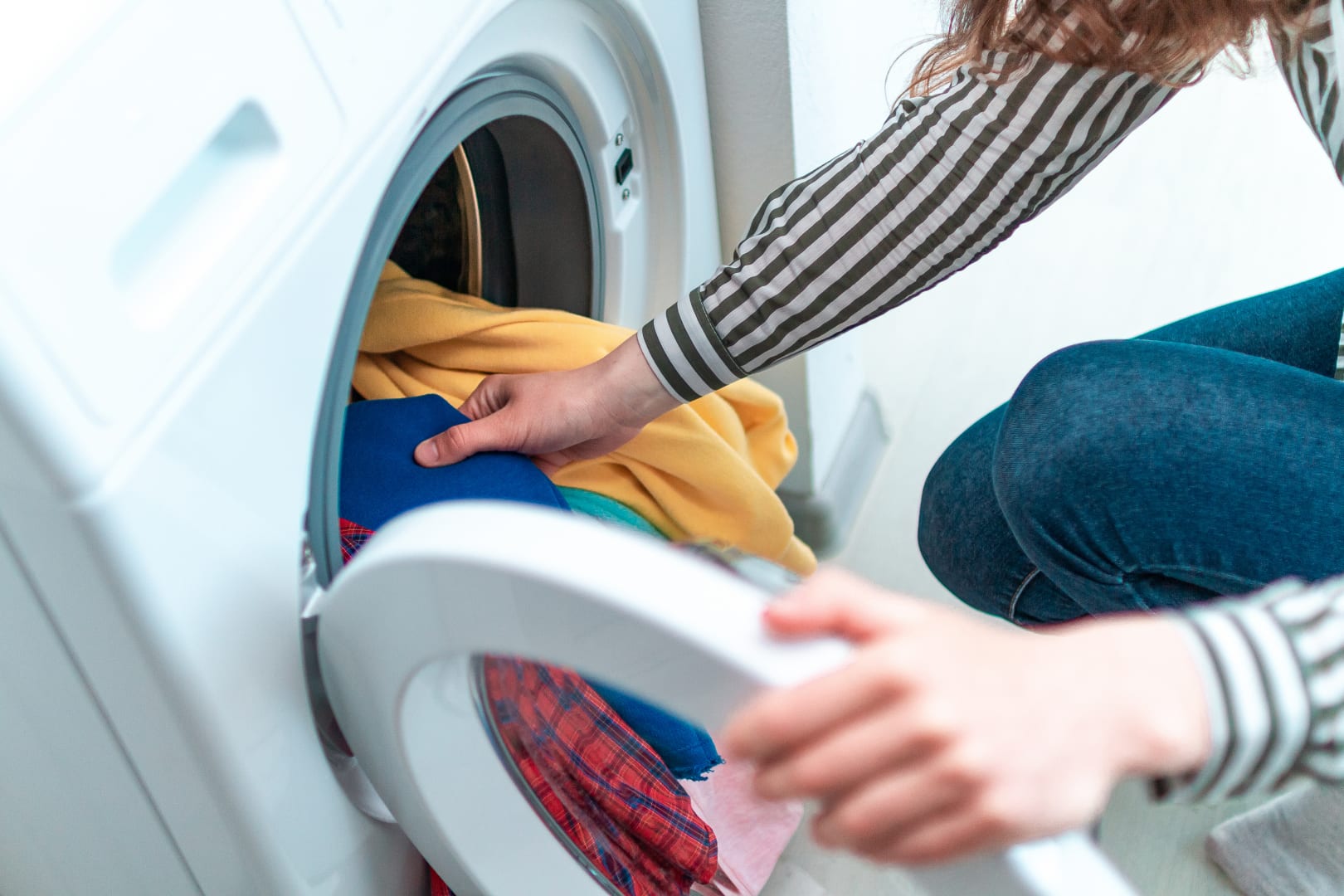
1. Ask about the store’s sourcing
The first step to finding a beautiful and safe vintage clothing item is vetting the retailer or business providing secondhand pieces. Most vintage boutiques or independent vendors have a thorough vetting process of their own, though it never hurts to politely inquire about it when perusing a selection of pre-loved beauties.
2. Inspect the garment carefully for damage and stains
When searching for new-to-you wares at thrift stores in Destin, FL first look for any obvious blemishes like large stains, holes, or overly-stretched fabric. While these are not sure signs of an irrevocably damaged garment, they can help lead you in the right direction. Next, employ your sense of smell.
You don’t have to get too up close and personal to understand if a clothing item is emitting an unpleasant odor, and it will immediately tell you if that piece has been properly washed—or has a more permanent smell.
Ultimately, the vetting process is up to you and your best judgment. These items are likely to be imperfect, though that isn’t always a sign of poor care on the previous owner’s part, it’s just indicative of a garment which has been put to good use.
3. How to remove stains on secondhand clothing
If you’ve brought home a piece which needs a little work, have no fear because the internet truly does have all the answers. From ink to sweat stains there is a myriad of ways to treat your vintage wares without having to introduce chemical cleaners into the mix.
Baking soda, like vinegar, is a household product which can work wonders on stains in and outside of your wardrobe. Hydrogen peroxide is a low-impact liquid which can wipe away blemishes. Even lemons can be used to naturally rid your clothing of unsightly spots!
Just be sure to do a quick internet search for your specific stain removal needs before running your clothing under hot water or blotting—in some cases, like oil or protein-based stains, it makes things worse. If you’re looking for a one-stop-shop stain remover, brands like Buncha Farms sell natural stain removal sticks.
4. How to machine wash pieces carefully
So, you’ve found a gorgeous item worth caring for and you’re ready to bring it home! No matter where you buy your vintage or secondhand items from, it’s always smart to clean them before your first wearing. If the piece has a visible care label follow those instructions carefully, making sure not to ruin your new find.
To ensure absolute obliteration of harmful germs, you’ll want to add some vinegar to your washing process, along with detergent.
5. Hand wash if care instructions are missing
In some cases, the care label will be nowhere to be found (as they weren’t introduced until the early 1970s) or illegible (washing can fade the writing over time). When you encounter a vintage item which has no instructions on how to correctly clean it, a safer plan B is to hand wash with natural detergents and stain removers.
Castile soap is usually my preferred hand washing assistant, especially since only a small amount of the liquid is required to do a thorough job, and the substance can be used in various other ways. Just like with the machine washing option, you’ll want to add a little germ-killing vinegar to your water as well.
6. Finding a green dry cleaner for intricate pieces
In some cases, you might purchase an intricate piece (think sequins, lace, or detailed embroidery) which feels too delicate to handle on your own. This is where dry cleaning can be plan C. It’s important to note here that traditional dry cleaning utilizes tons of harmful chemicals which can be unhealthy for you and the environment. Sidestep the hazard of going to “regular” dry cleaners and instead find a green one.
A simple search online will usually lead you to a reliable business in your city or town, although some areas around the country may require a bit more investigation. Make sure to check their website for information on what kind of products they do or don’t use, if they recycle their hangers, and what kinds of items they accept. These businesses are also fantastic resources if you just have questions about certain fabrics, cleaning processes, or safe stain removal.
2 replies on “How To Properly Clean And Care For Secondhand Clothing”
Very interesting and thanks for sharing such a good blog. Your article is so convincing that I never stop myself from saying something about it. You’re doing a great job. Keep it up.
LikeLike
Such an amazing blog, I love reading all your blogs. They are super amazing and informative at the same time. Bookmark your page already, keep posting more.
LikeLike